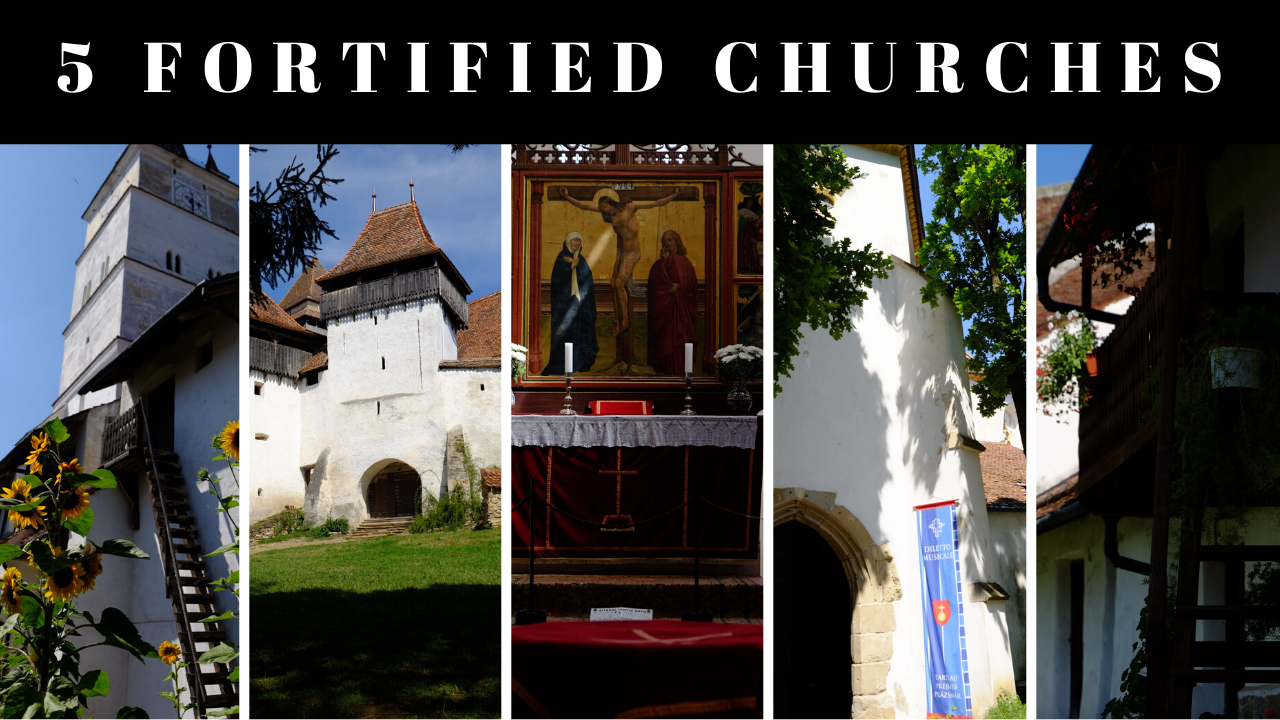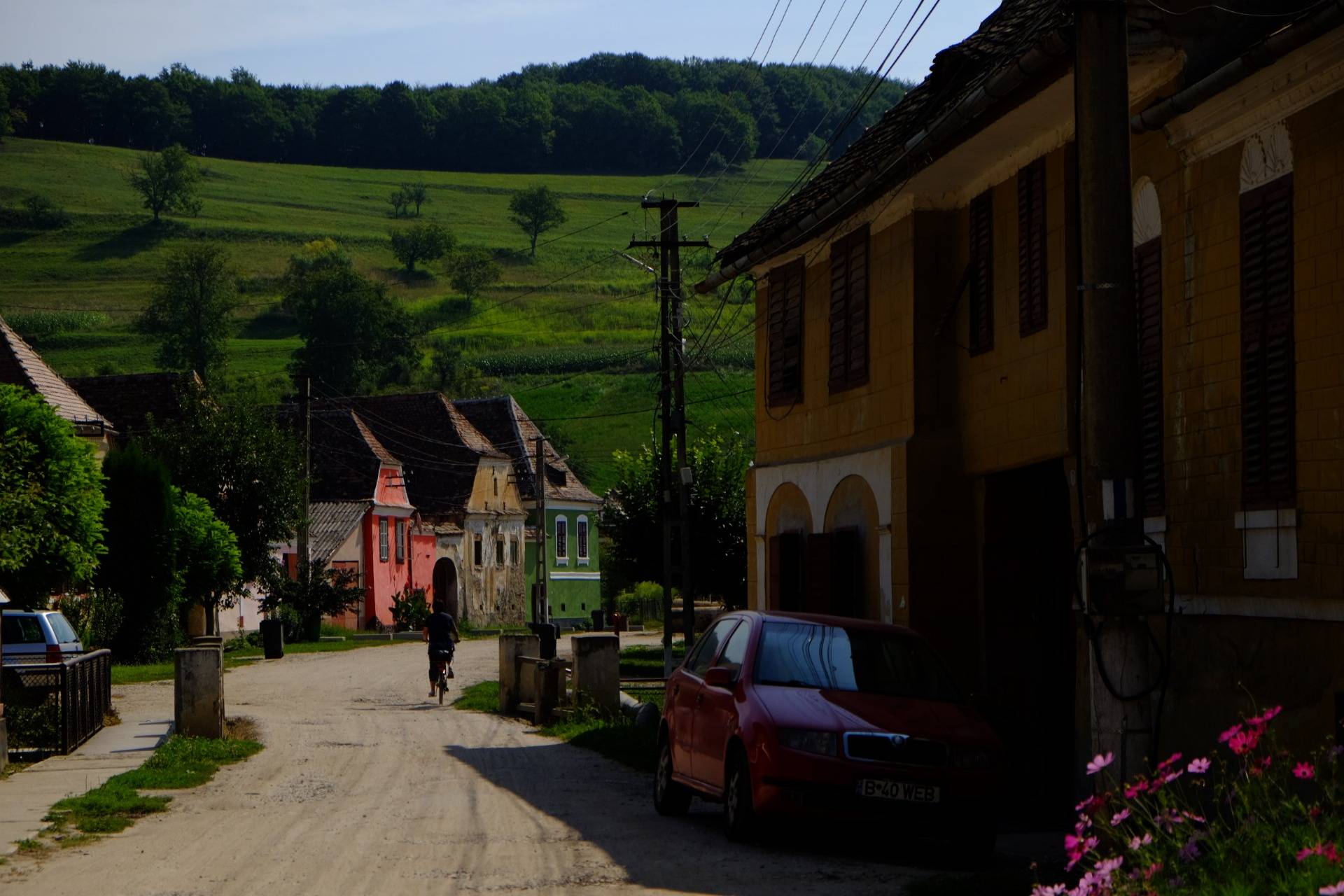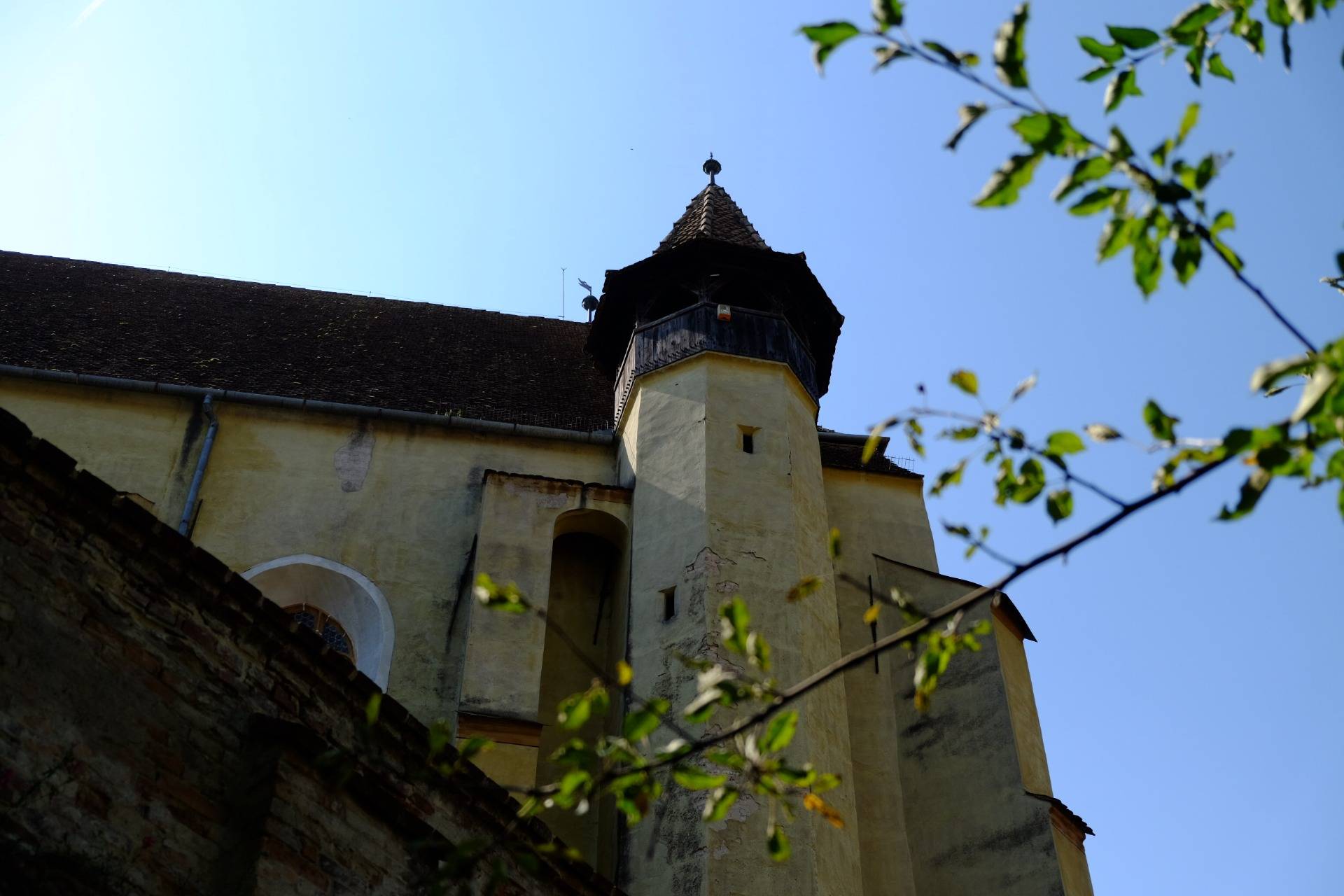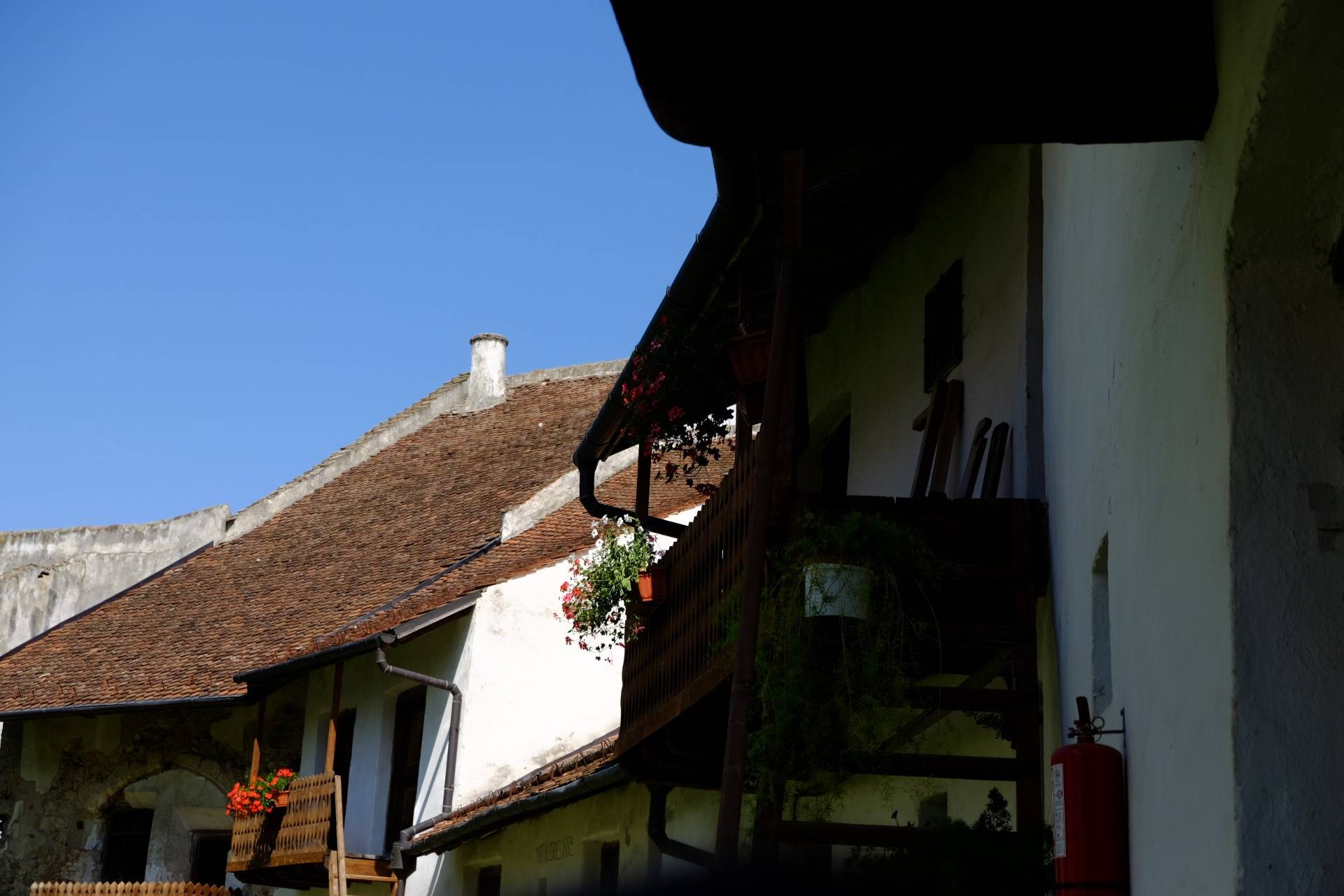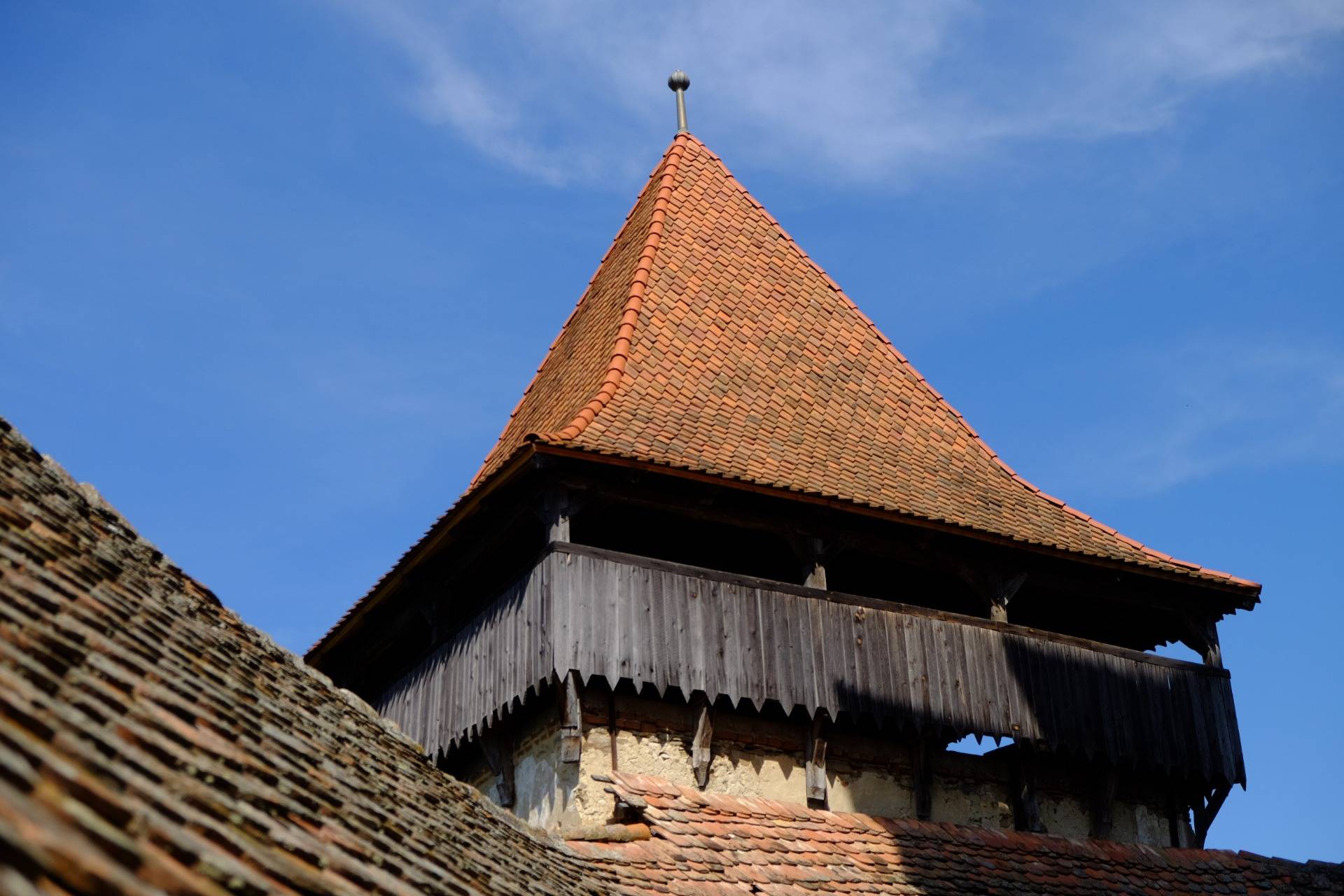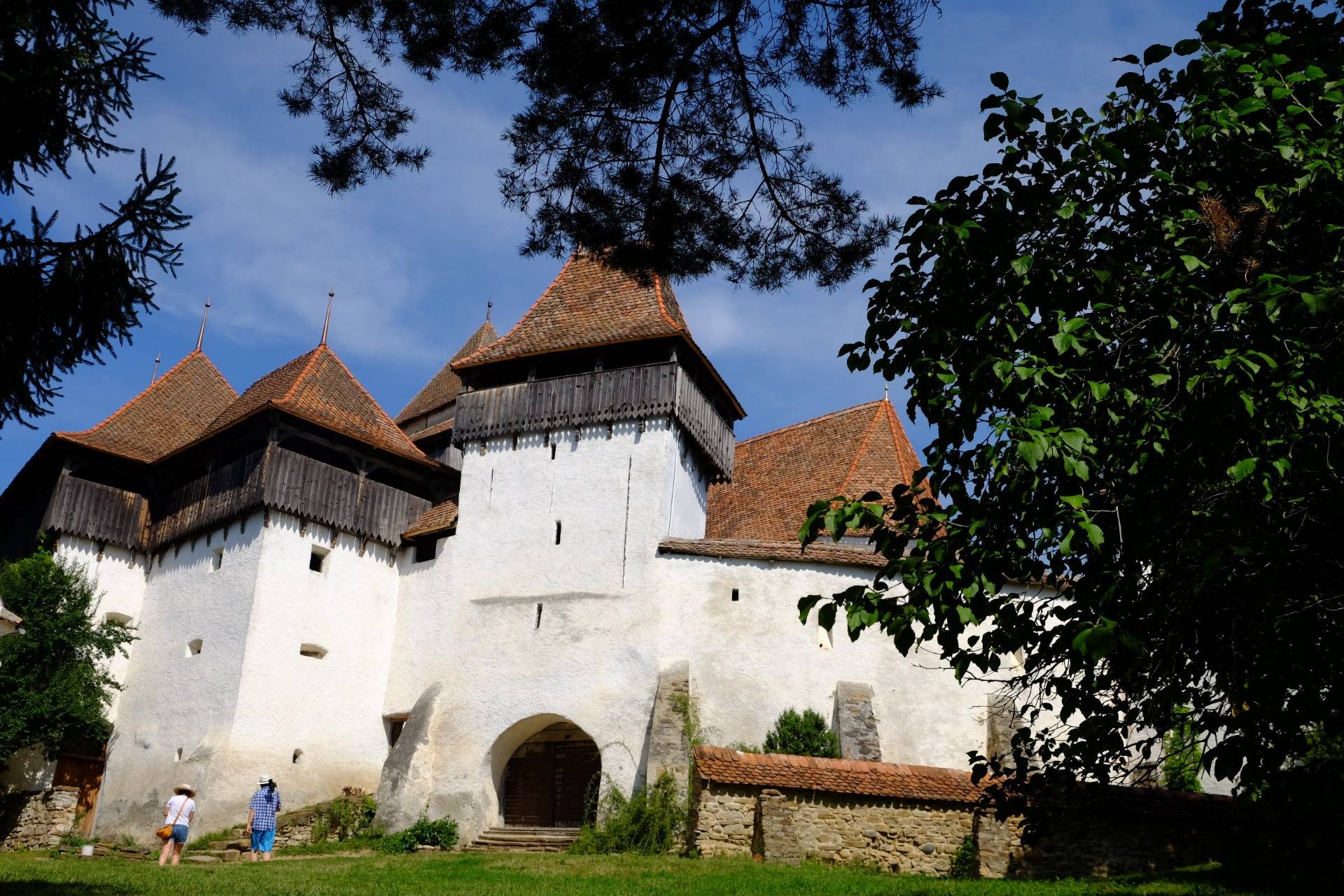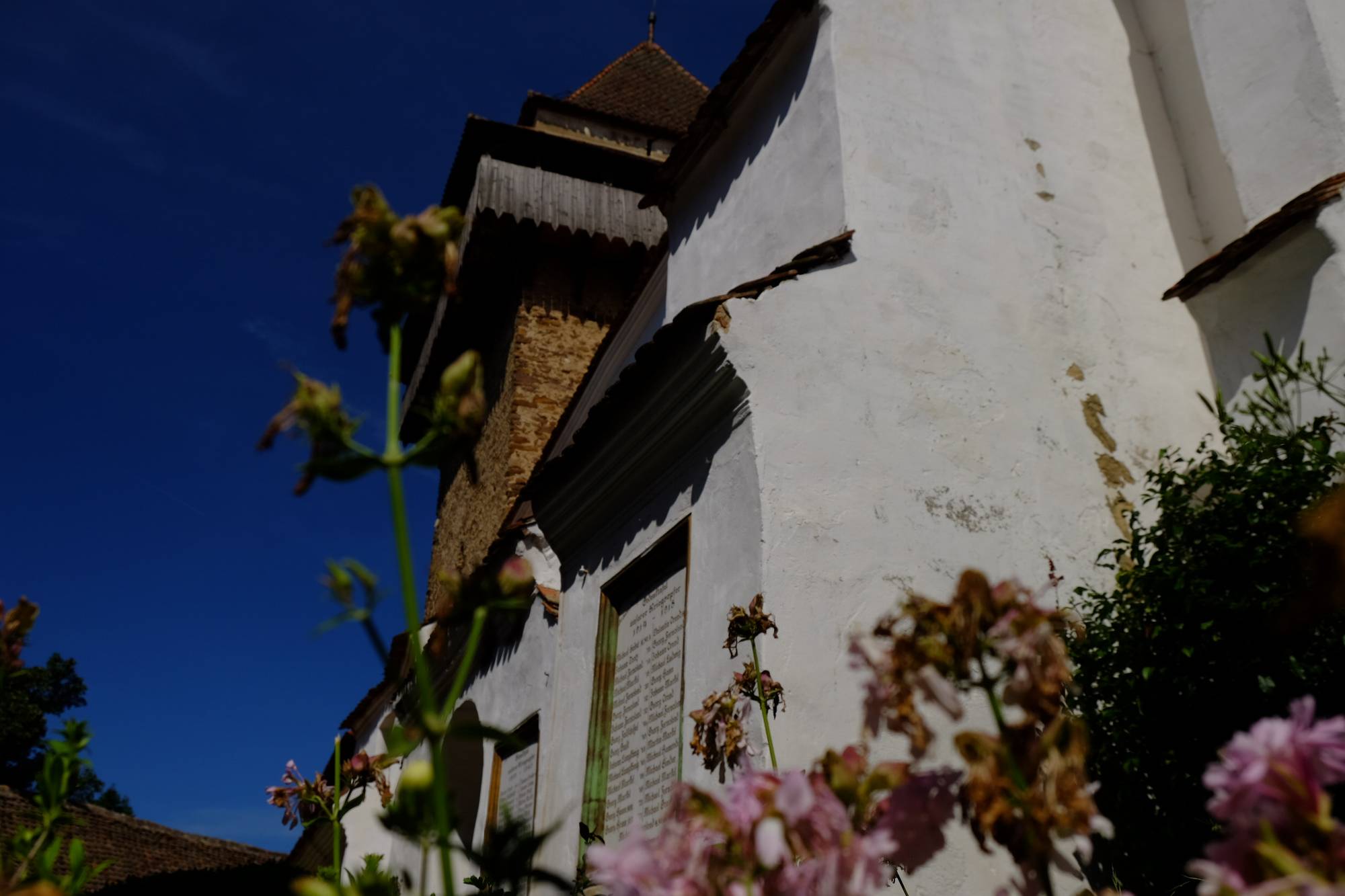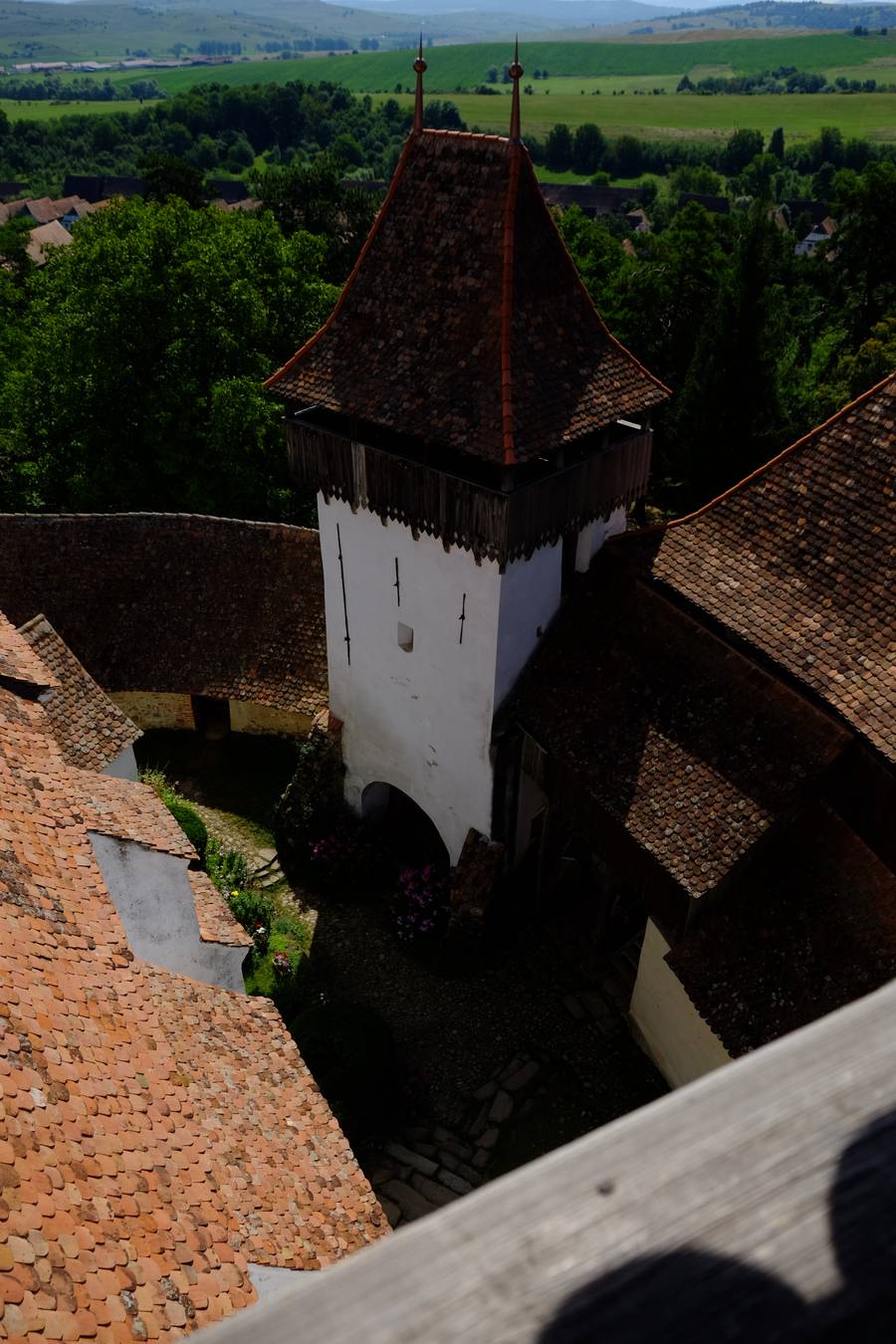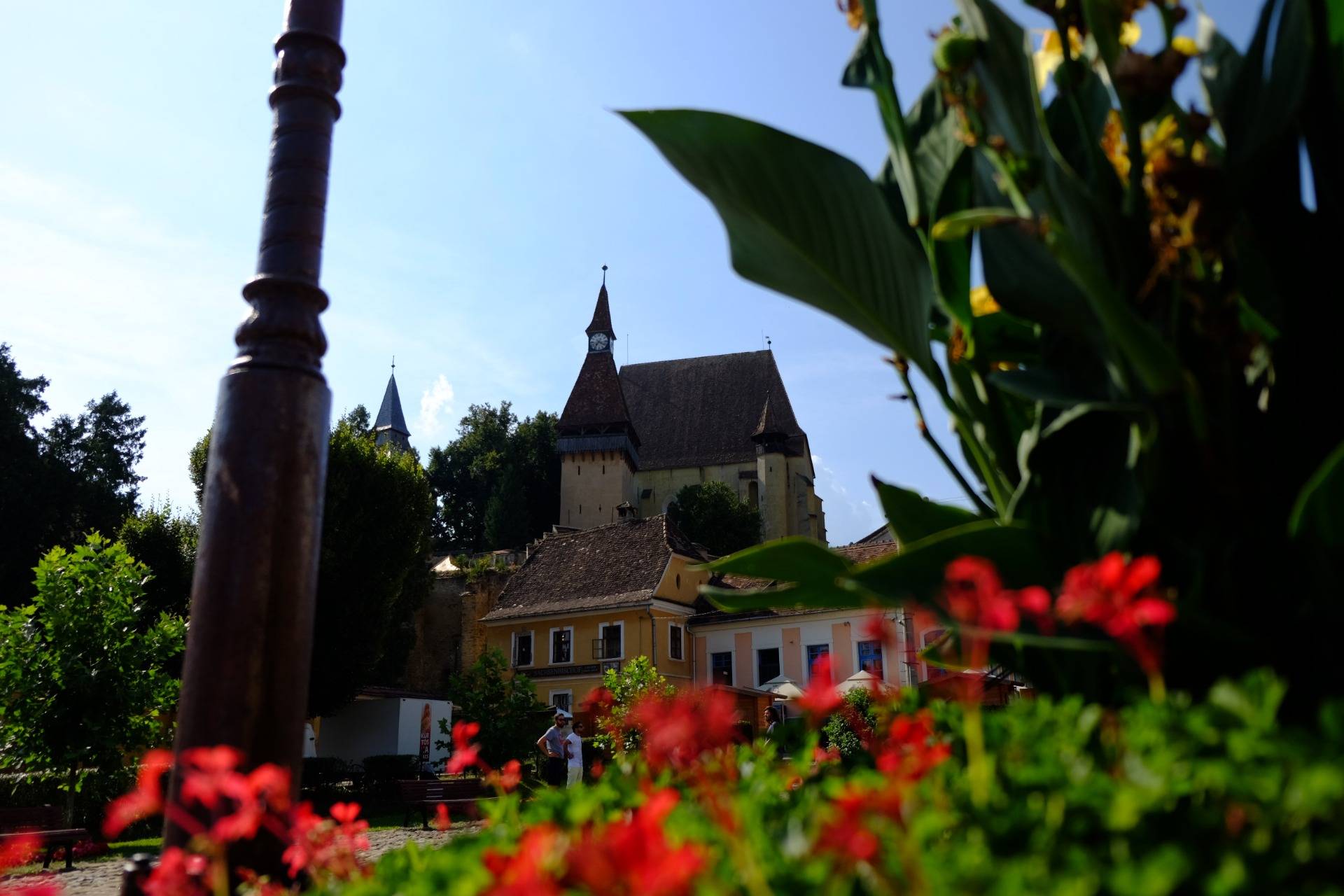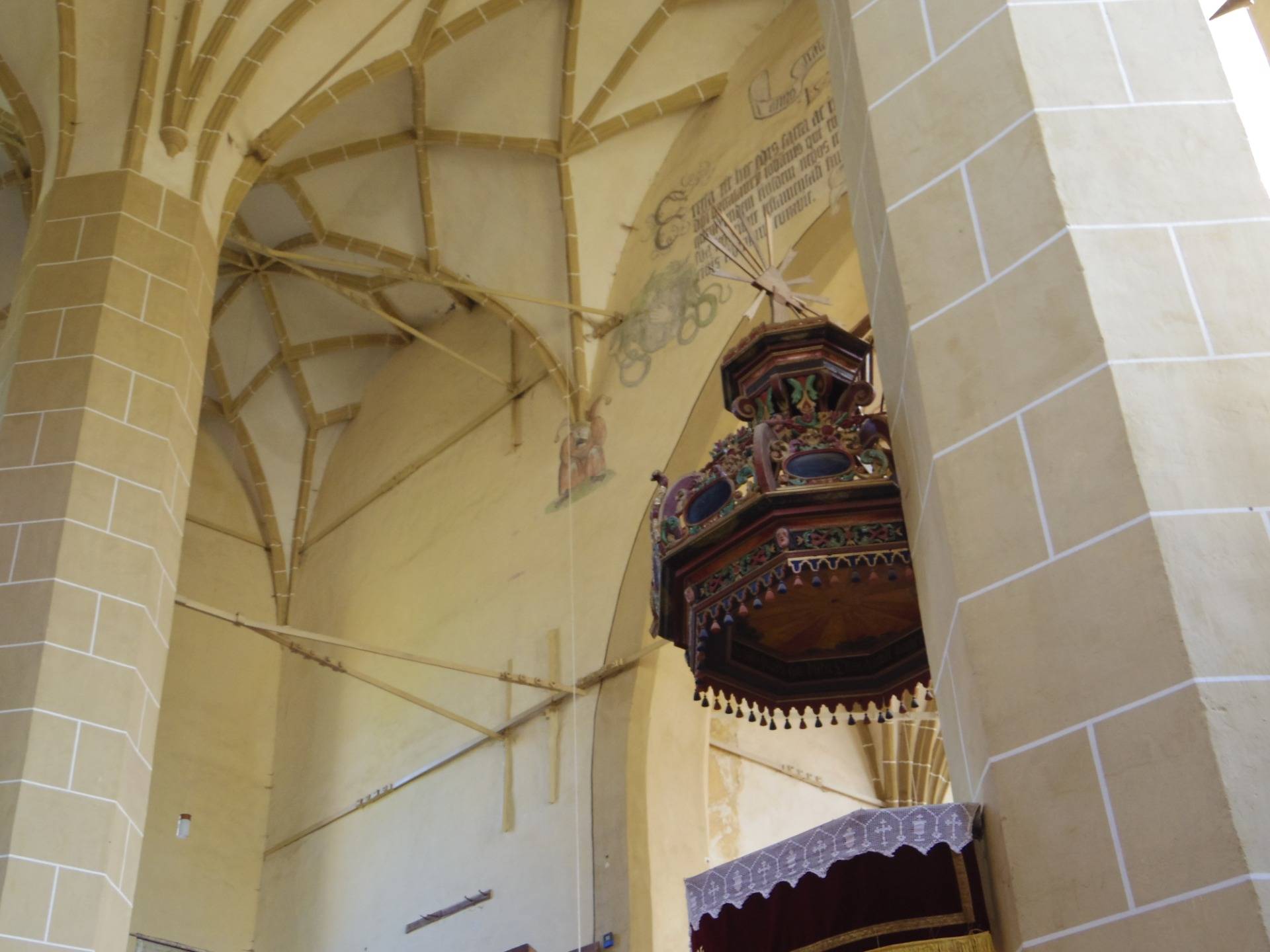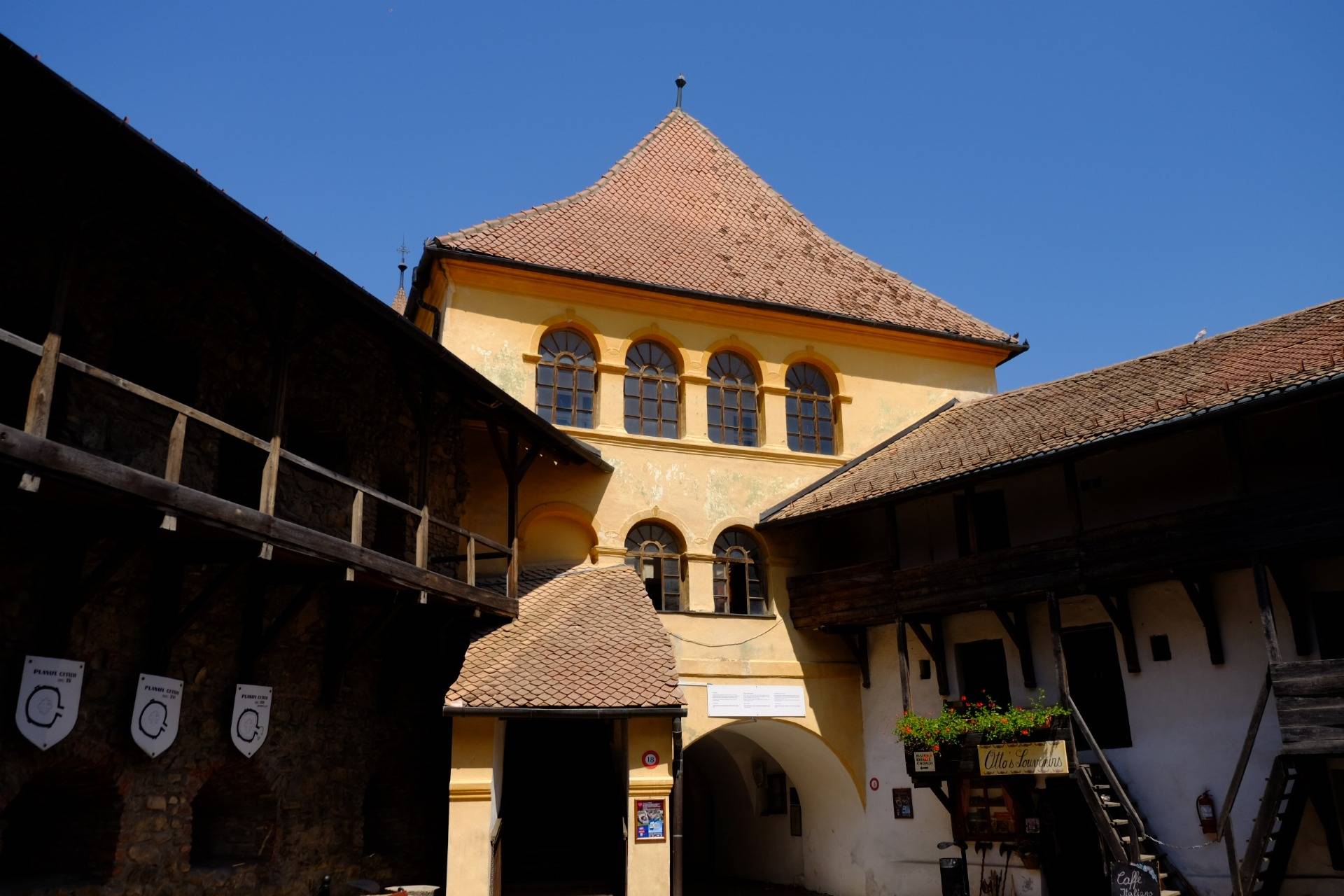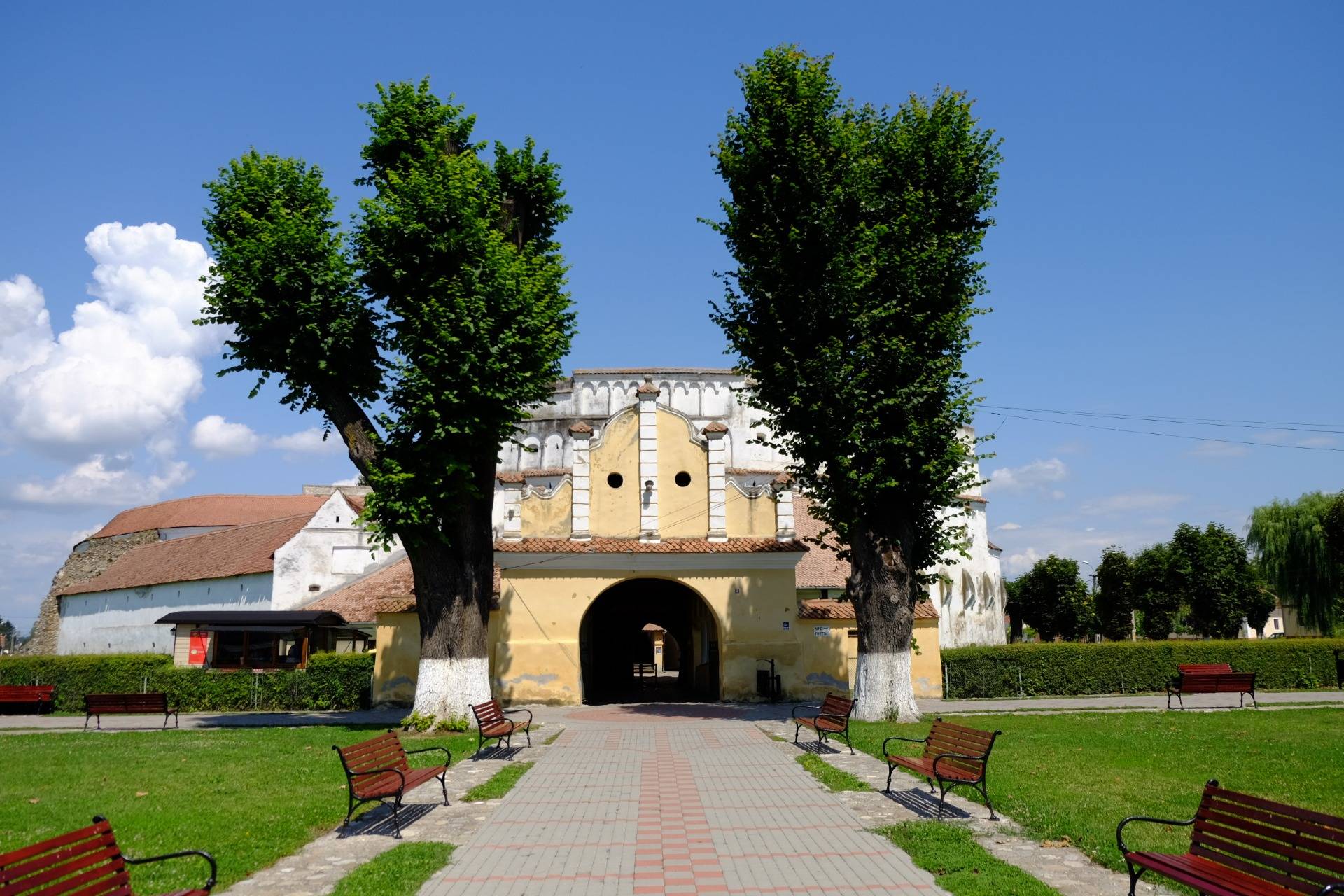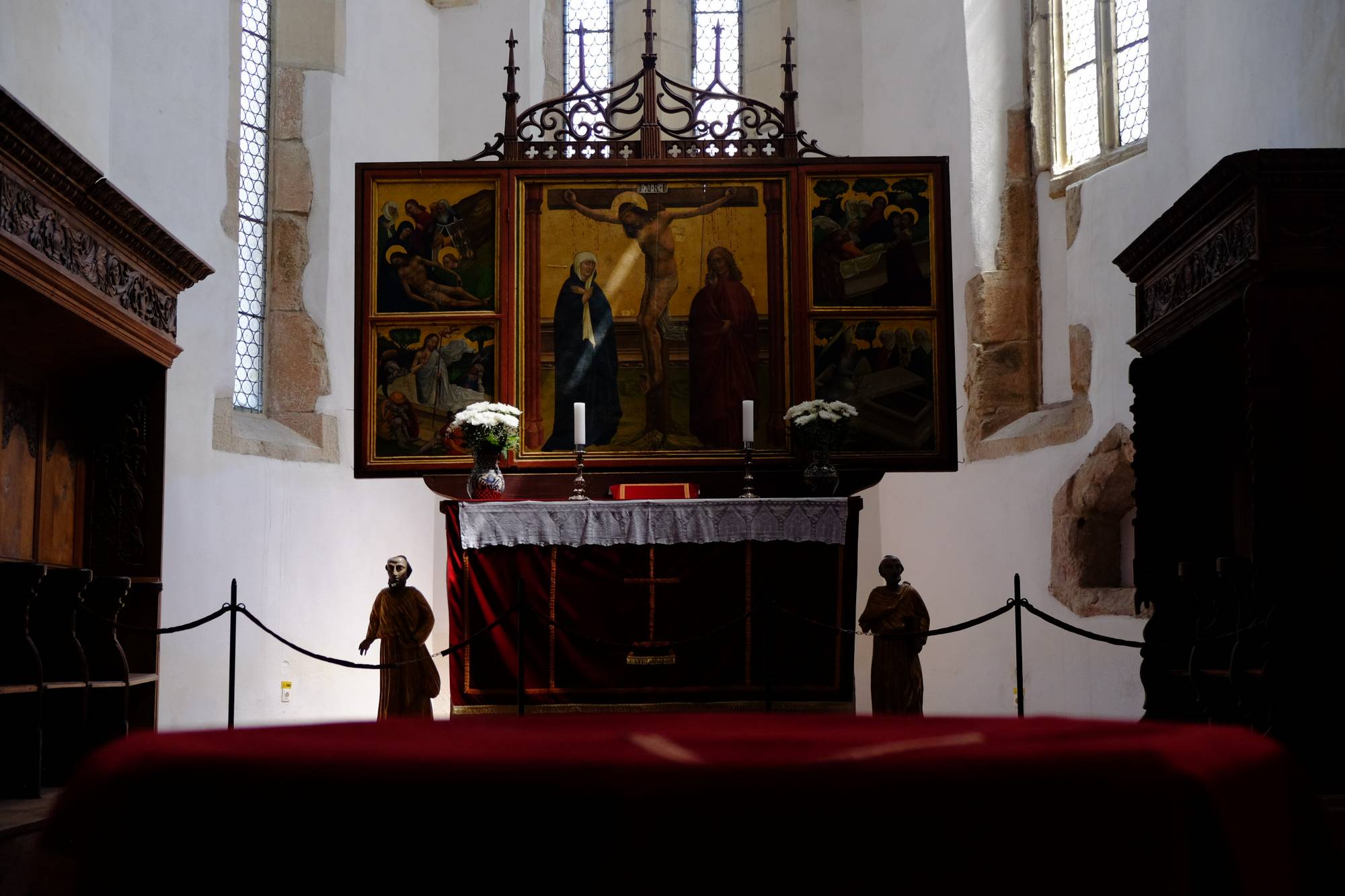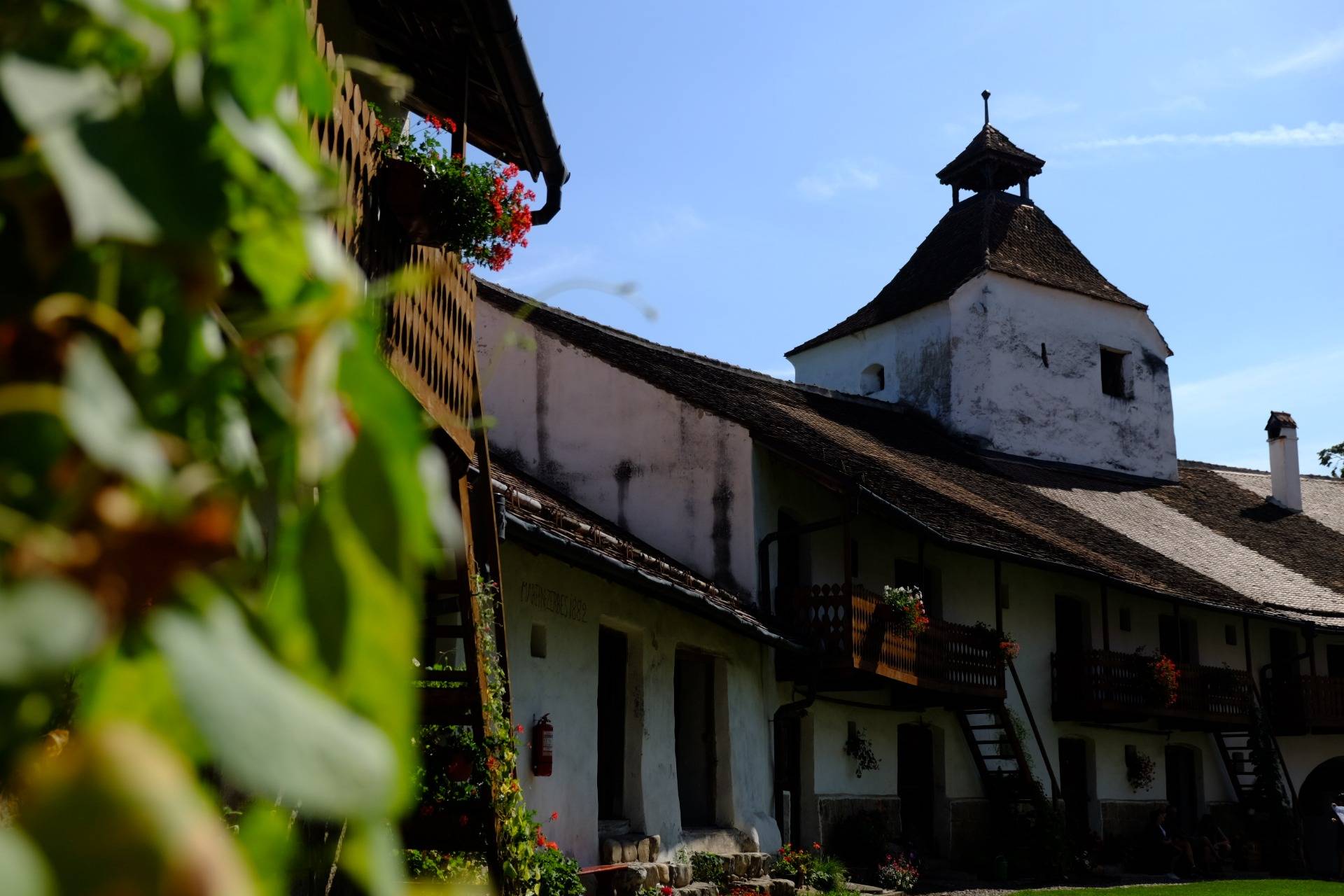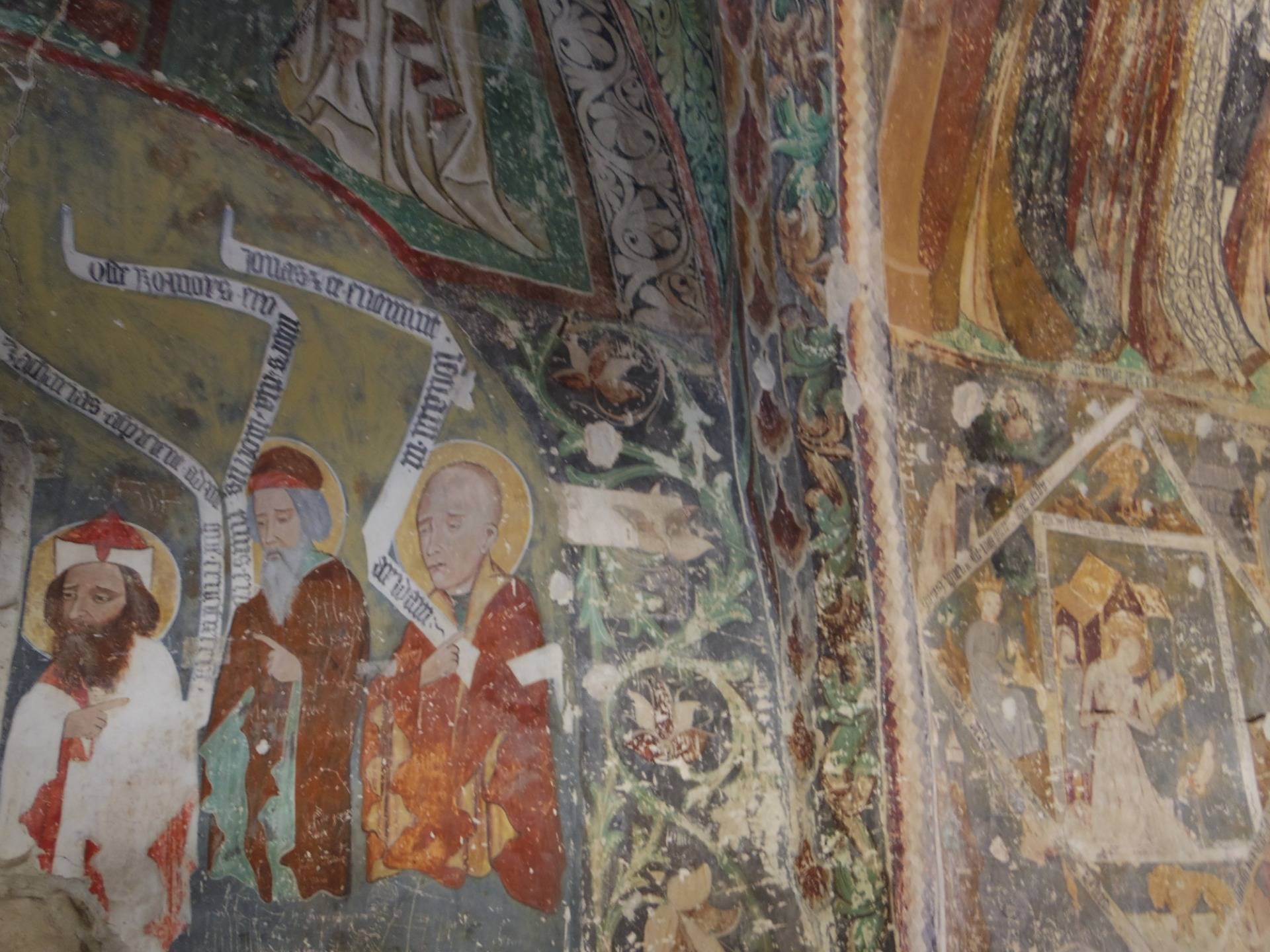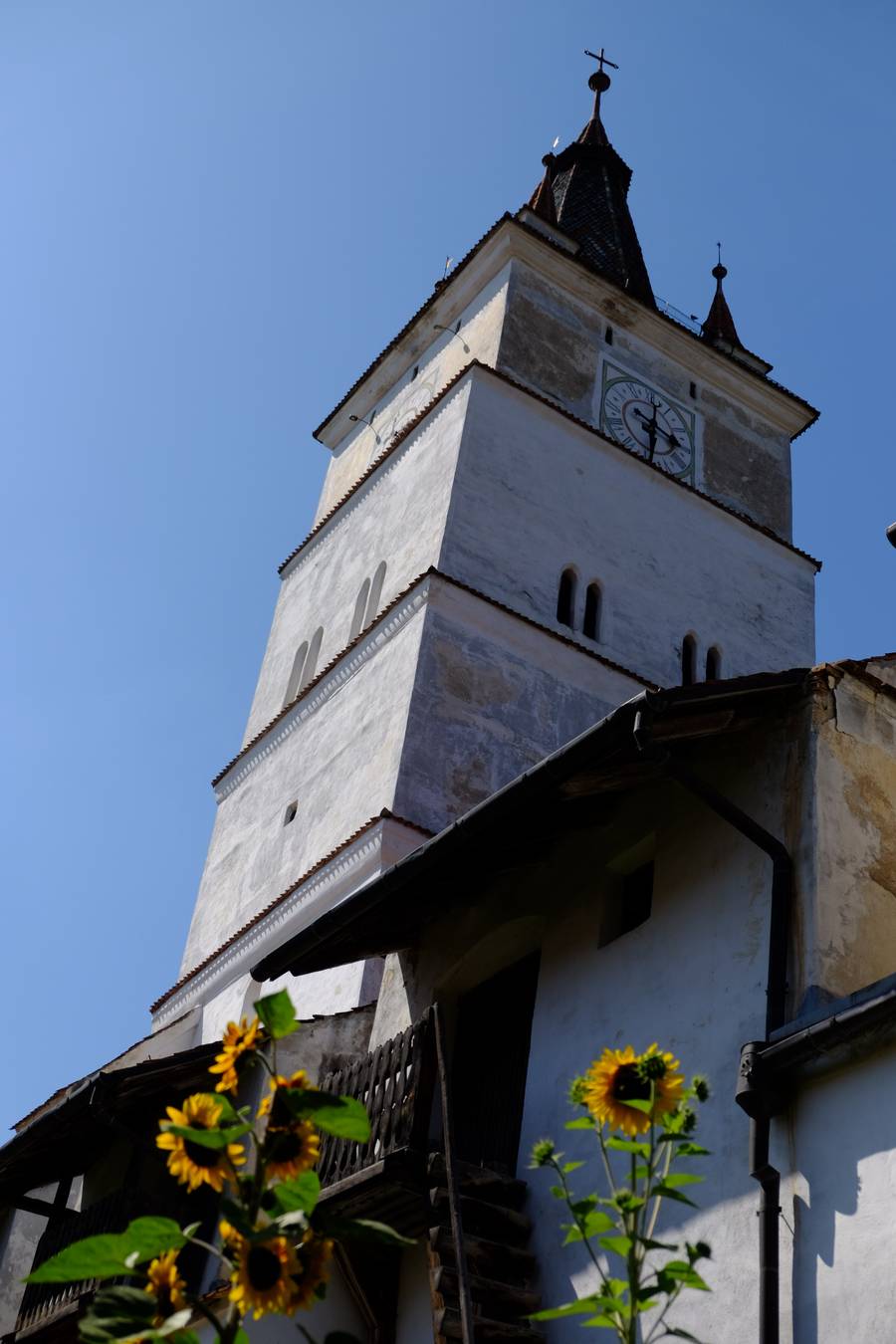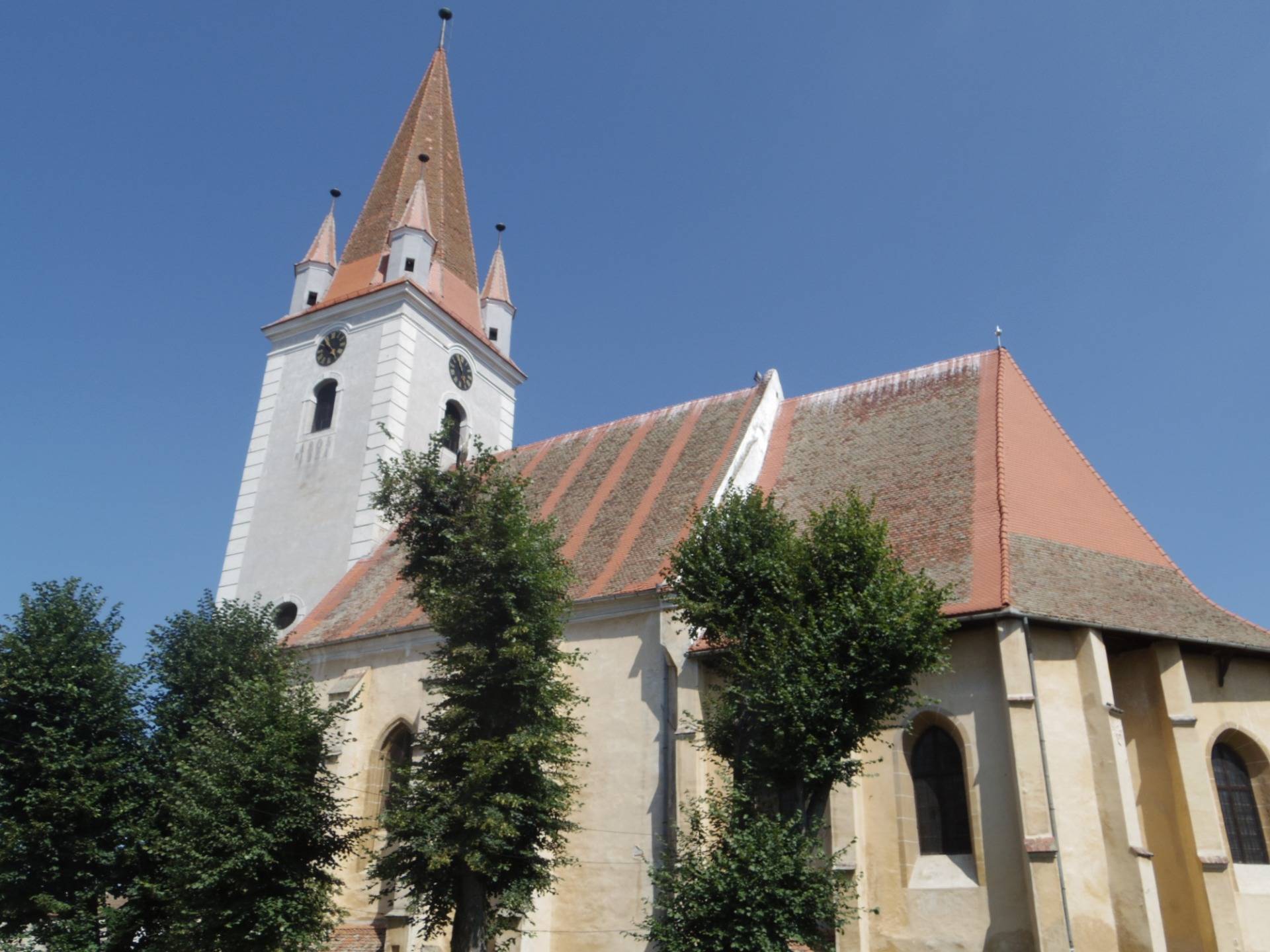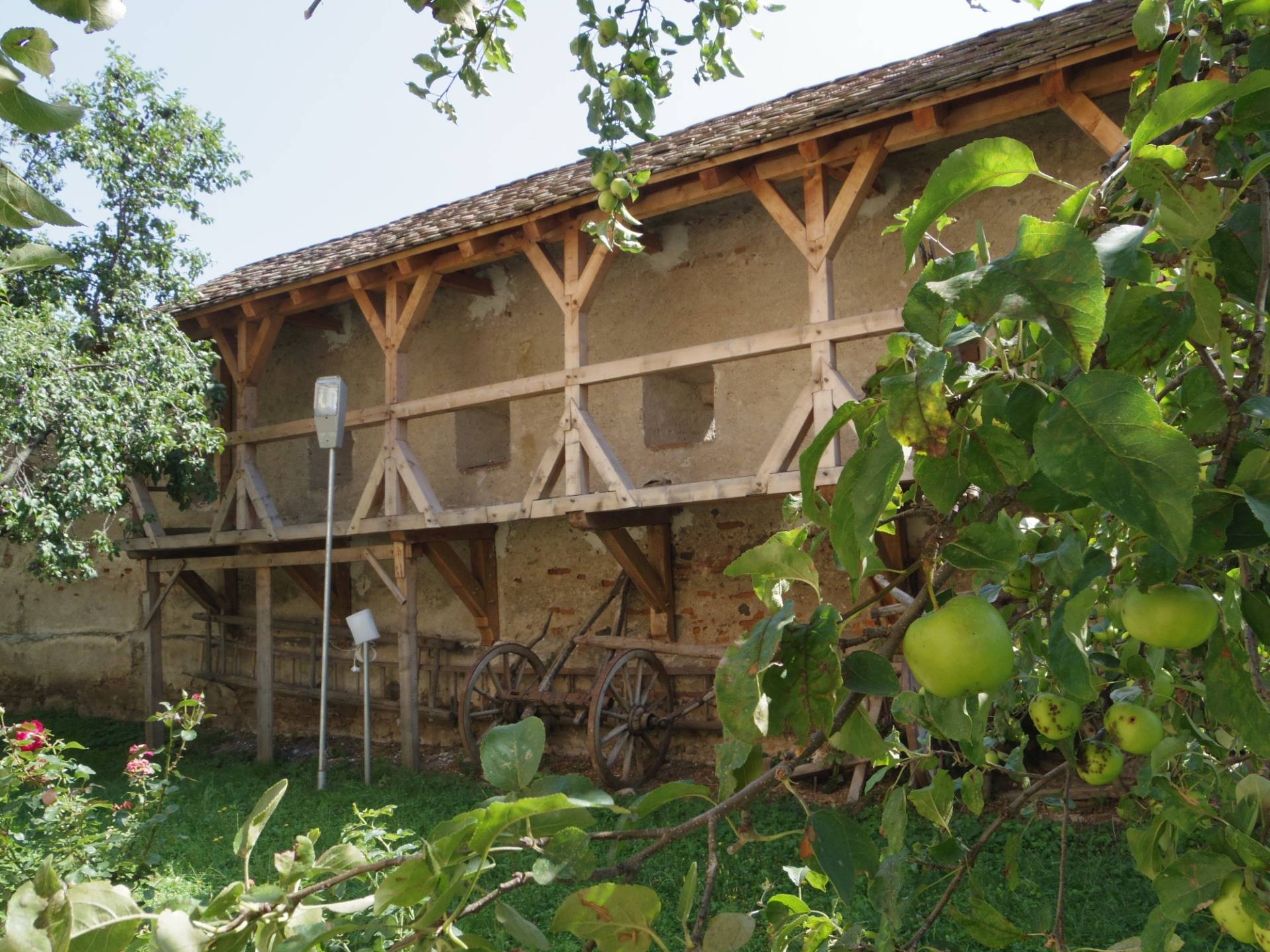The region of Transylvania in Romania is famous the world over for its fairy-tale like fortresses, its unspoiled countryside and its quaint, colorful towns. It is lesser known however for its fortified churches. A shame as they combine all the above. Stunning in their architecture, most of them are located in small, picturesque villages that allow wandering on a path less traveled.
Fortified churches are testimony to Transylvanian troubled history, standing as proof of the ceaseless raids of foreign powers into Romanian territory and the struggle for its inhabitants to stand their ground. Landlocked between Eastern Europe and the Middle East, Transylvania was always a land through which many invasions passed, including those of the Ottomans and the Tatars, which was reason enough to build as many fortifications as possible. Smaller-sized villages couldn’t afford to protect the entire village and they therefore focused their efforts on the church.
Nowadays, seven Transylvanian villages with their fortified churches have been added to the UNESCO World Heritage List. Most churches were built between the 13th and the 16th century, following the settlement of German colonists in the area. Just like the villages where they’re located, which are mostly ancient Saxon settlements, they all share some common feats but still stand out from each other. Some are located deep in the countryside and showcase exhibits of rural lifestyle while others are close to populous areas, some are massive and intimidating while others feel like serene retreats.
Visiting Transylvanian fortified churches can be a tourist goal in itself or it can rather be a short stopover in between two cities. Truth be told, they are worth a stop in any scenario so here’s our five favorite spots.
Viscri
Built in the 12th century by the Szekler population, Viscri was later taken over by Saxon colonists who celebrated by giving it a new name, Weisskirch, meaning White Church. It seems only appropriate since Viscri’s fortified church is indeed very white and very commanding.
Listed among Romania’s 25 World Heritage Sites, the Viscri fortified church is a striking example of its kind, although it boasts a unique architectural style blending a Gothic church with a plain ceiling, fortification walls dating back to the 14th-century and a 19th-century painted altar.
Its main tower is an architectural feat as well and can be climbed, offering a sweeping view over the green field and farms down below. The church is unusually located atop a hill and doesn’t stand in the middle of village, which gives it a certain charm, only emphasized by the old-fashioned scenery of the village of Viscri itself. Strolling down the back streets of this quaint little village is a way to admire ancient, well-preserved Saxon houses and Viscri is also home to a number of traditional guesthouses, perfect for a rural stay.
Biertan
The Biertan fortified church might be the best-known out of all Transylvanian fortified churches and it certainly is an easy detour on the way from Sighișoara to Sibiu, two of the region’s most beautiful medieval cities. This easy access is one of the reasons why most tourist coaches stop there, meaning Biertan is far from being a hidden gem, but it is bound to leave a strong enough impression on its visitor nonetheless.
With its 35-foot defensive walls, high tower and fortified gates, it’s hard to believe Biertan to be a church at all as it looks entirely like a medieval stronghold, perched as it is on a hill in the middle of the village, keeping watch over the entire area. Yet, the inside of the church warrants a visit as well as it boasts the largest multi-paneled wood altar in Transylvania, built by Austrian and German artists, but also a beautiful vaulted roof.
Biertan remains a sacred place nonetheless and by the time of our visit, a choir had come to sing psalms in the church, asserting its spiritual nature above its defensive aspect. Surrounded by vineyards and quaint houses painted in vivid colors, the village is also a dream spot to hop on a bike and soak in the unspoiled atmosphere of the Transylvanian countryside.
Prejmer
Brașov has to be one of Romania’s top tourist destinations, on its own merits for one but also because it is a great starting point to discover the castle of Bran, otherwise known as Dracula’s Castle. Yet, other interesting day trips await and among them lies the fortified church of Prejmer.
Located a mere twenty minutes by car from the city, Prejmer is a stronghold with a long and tormented history. It was built by the Teutonic Knights in 1212-1213 and according to historical records, was besieged 50 times in 500 years of history. This unsettling record number explains the thickness of its 10-15 feet walls, standing as high as 40 feet, thanks to which it was only captured once during the 17th-century, or so the legend goes. Those thick, pristine walls also give a peculiar look to this fortified church, which looks a bit like a Spanish bullring from afar. It might also be a fitting candidate to take shelter in case of a zombie apocalypse.
The fortifications that go around the church are now freely accessible and, despite their ghostly atmosphere, are a fun walk around. Parts of the fortification walls also hold exhibitions dedicated to rural lifestyle. Prejmer does not lose sight of its primary goal though and the inside of its church is a must-see, especially for its painted wooden altar.
Harman
The church of Harman stands ten minutes away from the church of Prejmer. Overshadowed by its more impressive neighbor, it receives fewer visitors, or so we felt when we visited, but its serene atmosphere definitely won us over. Located in a village known as Honigburg in German, meaning Honey Village, the Harman church was built by the Saxons in the 13th-century.
It is recognizable from afar due to its tall white tower, which can be climbed through narrow, uneven wooden cases that lead to its bells. The bells are a sight to see but also a bit of a safety hazard on the way down as they ring loud and clear, so you better not be standing on shaky stairs when they do! Apart from the bells, Harman is a quiet haven and even its fortification walls don’t look as menacing as they do in Prejmer.
On a sunny day, the church feels even more serene, with its sunflowers, its flower pots hanging from balconies and its fruit trees. The church also boasts beautiful pre-Reformation painted frescoes. If a bit faded, they remain incredibly detailed and expressive.
Ready to Blog & Earn?
With TravelFeed, easily start your own travel blog and earn as you go. It's the smart platform for travelers who want to profit from their passion. Create a free account
Cisnădie
Cisnădie is an easy trip from the city of Sibiu but it seems few tourists know about it as we were literally alone during our visit. It was originally built as a Romanesque basilica in the 12th-century but was later turned into a fortified church by the Saxons in order to counter Ottoman raids. The Saxons added fortification towers as well as defensive walls and a moat.
Don't Forget: Get Travel Health Insurance!
To make your trip a worry-free experience, TravelFeed recommends SafetyWing Nomad Insurance. It provides comprehensive health coverage while you travel, so you can focus on exploring, not the unexpected. Get a quote here
A clock was later installed in the bell tower and has been working without fail since 1868. Perhaps less impressive than the aforementioned churches, Cisnădie makes up for its plain architecture with its laid-back and off-the-beaten path atmosphere. It also allows exploring the town itself, which didn’t seem to us like a very touristy place but rather like a town with a simple yet lively local life, with streets lined up with cafés and restaurants.
If you're planning a road-trip through Transylvania, you can easily stop for a few hours at some of these churches, if not all. They're definitely a unique sight to see and a great way to learn more about the history of the region as well.
Travel Resources for your trip to Romania
Recommended by TravelFeed
Flights: We recommend checking Kiwi.com to find the best and cheapest flights to Romania.
Accomodation: Explore the best places to stay in Romania on Booking.com, Agoda and Hostelworld.
Travel Insurance: Medical emergencies abroad can be pricey, but travel health insurance is not. We always use SafetyWing for affordable and reliable coverage.
Car Rental: For hassle-free car hiring, DiscoverCars is our trusted choice with a wide selection of vehicles.
Internet: Got an eSIM compatible phone? Airalo is perfect for reliable internet access during your trip. Just install it before you go, and you're set!
Day Trips & Tours: We recommend GetYourGuide for a variety of well-organized and enjoyable activities.
Travel Planner: Need a hand planning? Our free travel planner chatbot is your personal guide to Romania. Chat now.
Disclosure: Posts on TravelFeed may contain affiliate links. See affiliate disclosure.
